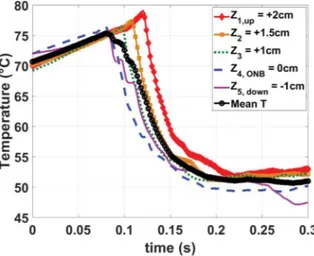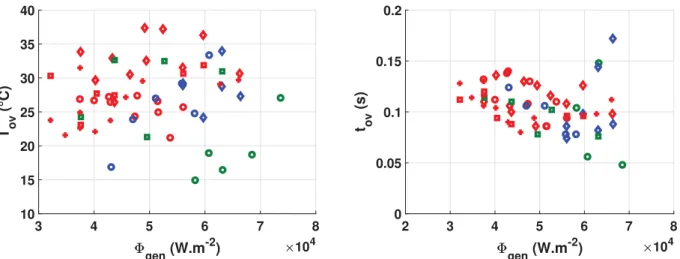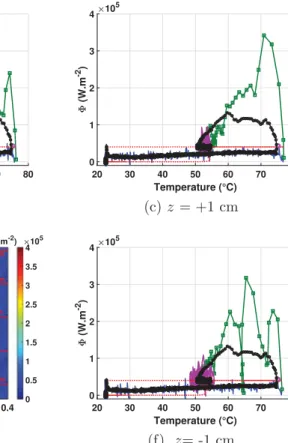Transient flow boiling in a semi-annular duct: From the Onset of Nucleate Boiling to the Fully Developed Nucleate Boiling
Texte intégral
Figure




Documents relatifs
Our goal is to use the redundancy formalism to realize a real coordination of the two arms with an image based control, while satisfying additional constraints such as avoidance of
Although no significant change in aggregation rate was observed for normal Hamaker coefficients, making the Hamaker coefficients low enough such that the thermal
Those of us who take donkey sentences to be systematically ambiguous acknowledge that the canonical relative- clause donkey sentence overwhelmingly elicits the strong reading
This study was undertaken to evaluate the ability of FMDV recombinant empty capsids serotype A/ARG/2001, to stimulate bovine dendritic cells and consequently generate a
No reliable SEM–EDX analyses were obtained in the two-phase region of the Hf samples due to the grain size, thus we rely solely on the TEM–EDX data which put the compositions of
• a known distance between targets, in order to give us the possibility to check the accuracy and deviation of the target position measured with both systems, in any stage of the
Afin d’identifier les cellules productrices d’IFNȕ dans le tissu musculaire inflammatoire des PM et DM, un immunomarquage dirigé contre l’antigène BDCA2, CLR spécifique





